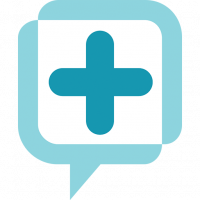It sneaks up every year and suddenly everyone is reminding you to “Think Pink!”
According to the Centers for Disease Control and Prevention, other than skin cancer, breast cancer is the most common cancer among American women. It is known that getting mammograms regularly can lower the risk of dying from breast cancer. While there has been much discussion on the appropriate age to begin getting screened and at what age to start, the US Prevention Services Task Force recommends that from ages 50-75, patients should be sure to have a screening mammogram every two years. For those 40-49, it is recommended that patients talk to their doctor about when to start and how often to get screened.
But how can you encourage more women to get their mammograms? How can you share this message in a new way?
Consider adding or promoting your Breast Cancer Risk HRA. Our tool helps women understand their future risk of breast cancer, what risk factors they may have and helps them communicate their concerns with their physicians. While the latest version of the HRA still calculates the 5-year and lifetime risk of developing invasive breast cancer, it also includes some exciting enhancements that arose out of emerging research and client requests.
Some of the new features include the addition of:
- Single Most Important Result
- Questions derived from the Family History Survey
- Personal History Risk Factors
Fast Facts about Breast Cancer*
- Each year in the United States, more than 200,000 women get breast cancer and more than 40,000 women die from the disease.
- Men also get breast cancer, but it is not very common. Less than 1% of breast cancers occur in men.
- Most breast cancers are found in women who are 50 years old or older, but breast cancer also affects younger women. About 10% of all new cases of breast cancer in the United States are found in women younger than 45 years of age.
*Centers for Disease Control and Prevention















 Thank you for your interest.
Thank you for your interest.